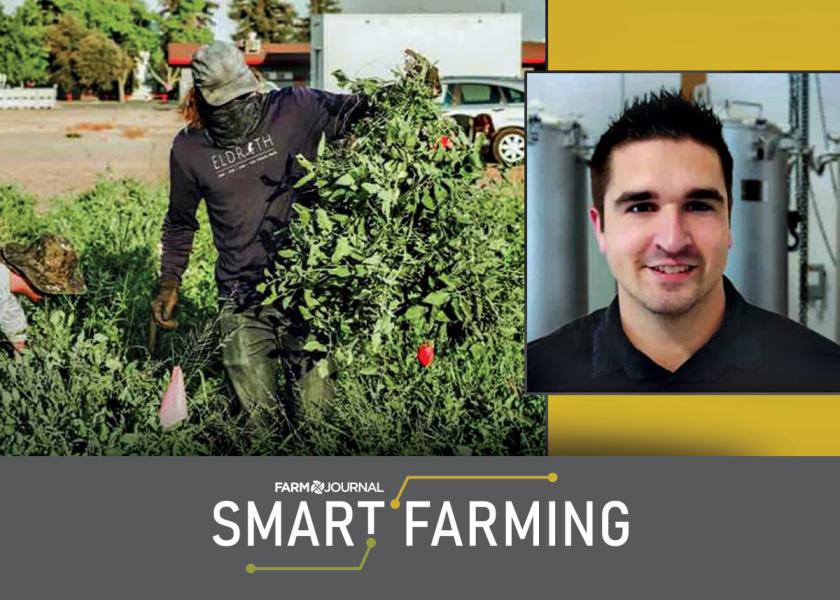Shockingly Cool: This Startup Makes Fertilizer From Electricity

If you happen to pop into a Chipotle in California’s Central Valley, there’s an off chance you’ve consumed something downright futuristic: produce grown with fertilizers derived entirely from electricity, water, and air.
Nitricity, a climate-smart fertilizer startup founded by Stanford PhDs and postdocs, is proving its environmentally friendly concept with every scoop of lettuce or side of spicy red salsa. And there’s even bigger plans for 2024.
Its liquid fertilizer blends – sustainably produced via an ingenious process CTO and co-founder Dr. Joshua McEnaney likens to catching lighting in a bottle – are slated for trialing this spring with ag food giant, Olam (OFI). And Chipotle just dropped an investment into Nitricity at the end of 2023.
“We use a plasma-based process that splits nitrogen molecules from air, reacts the nitrogen with oxygen, and forms nitrate fertilizers in water,” he explains. “We capture that fixed nitrogen in an irrigable aqueous form, and we can make many kinds of nitrate-based fertilizers.”
For those thinking to themselves, ‘Wait, what did I just read?’ the same basic process occurs in nature during a lightning storm. These storms produce 1% of total nitrogen fertilizers globally, but they are just not efficient or predictable enough to rely on. Nitricity is taking that process into a controlled environment and ramping up the production.
“At the core (of our process) we make green nitric acid and can neutralize that with minerals to produce calcium nitrate or potassium nitrate fertilizers,” McEnaney says, noting Nitricity accomplishes this without requiring ammonia from fossil fuels.
Chipotle and Olam are on-board for 2024, and academics seem to be too. Studies commissioned by the California Air Resources Board and World Bank, among others, show that the nitrate fertilizers Nitricity makes can reduce nitrous oxide application emissions by 2-10x, depending on soil conditions and application rates. Third party studies have also shown similar results, according to McEnaney.
The next steps are clear. Setting up regional facilities for large-scale production and focusing on low-cost production so its blends can level up and be cost-competitive with conventional fertilizer.
“We’re looking at (producing) some fertilizers that are on the shelf but can now be sustainably made, and some that no one has ever seen yet, but it’s really about fitting into several different fertilizer categories that farmers are asking for,” McEnany says. “The biggest thing on our mind is scaling up.”
Nitricity recently relocated to a facility in Fremont, CA, for just that purpose. The concept that started with a focus on producing on-demand at the edge of the field in portable modular units has evolved into a Hub and Spoke distribution system.
“We’re not quite there yet,” McEnany allows, adding farmers in the American Southwest and West who use nitrate-based fertilizers for specialty crops are the initial product-market focus, for now. Eventually, the group does hope to have a product that will resonate with Midwest row crop growers (and the ag retail channel) that primarily use Ammonia, Urea, or Urea Ammonium Nitrate.
“For me, I was mostly attracted to the climate aspect, and then I just grew to love working with farmers,” McEnany says when asked what drew him to the project. “Our green nitrates have inherently lower field emissions than other fertilizers in many soil conditions – this could have an immense impact on climate change.”
You can learn more about Nitricity at its website.







